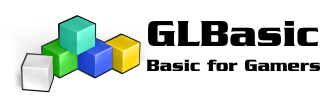My program runs in full-screen. I am experimenting with an external player for modular music files in Windows. When I use SHELLCMD, it runs the player and properly hides the command window, but it makes my game forced into a gigantic window instead of fullscreen! How can I remedy this problem?? 





